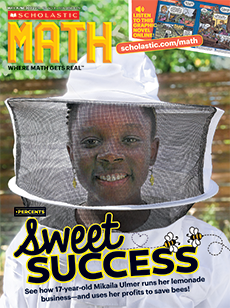Last year, as scientists raced to create a vaccine for Covid-19, another race was taking place in western New York at Corning, Inc. This company is one of the biggest producers of glass in the U.S., and it was tasked with making millions of glass vials that could safely store the new vaccine. Luckily, Corning’s materials scientists and engineers had recently created a new type of glass specifically for vaccine vials called Valor Glass.
Last year, scientists raced to create a vaccine to prevent the spread of Covid-19. At the same time, another race was taking place at Corning Inc. This company in western New York is one of the biggest producers of glass in the U.S. The government hired Corning to make millions of glass vials that could safely store the new vaccine. Luckily, Corning’s materials scientists and engineers had recently created a new type of glass. They designed it specifically to be used for vaccine vials. It’s called Valor Glass.
